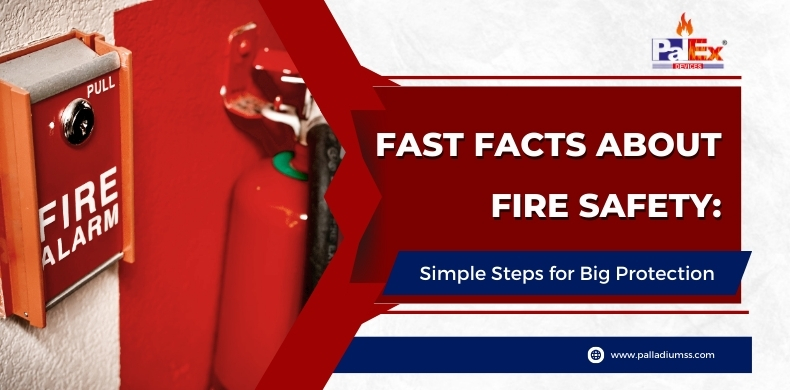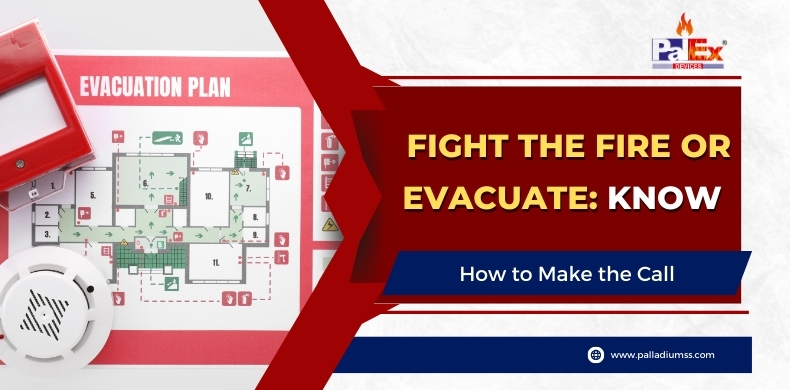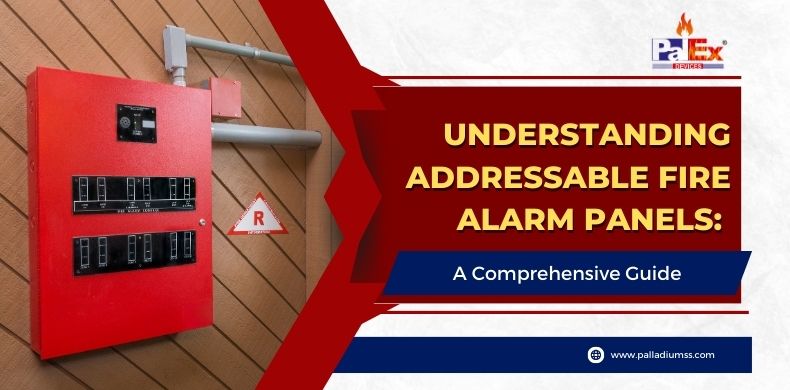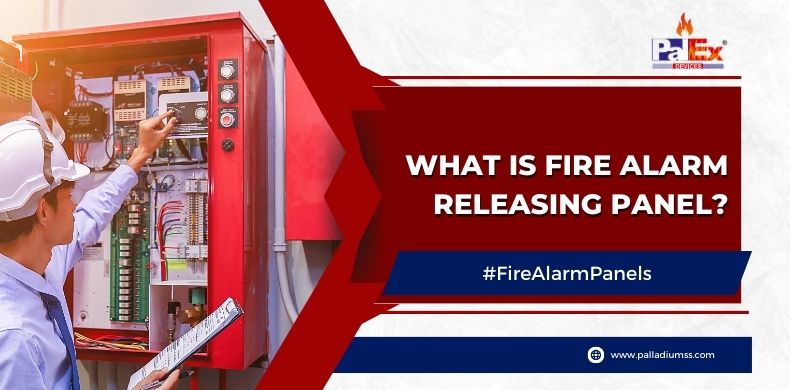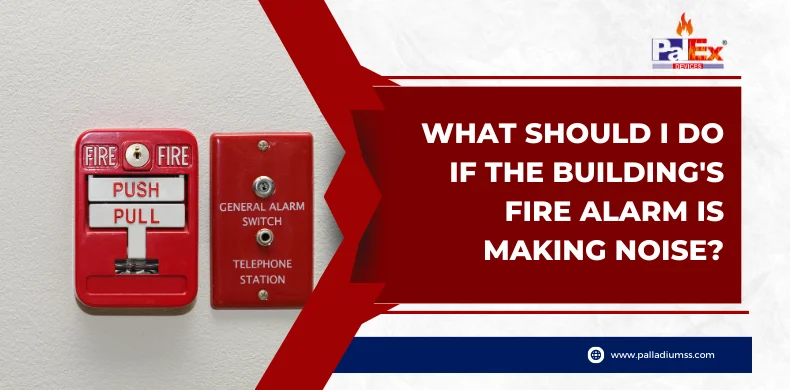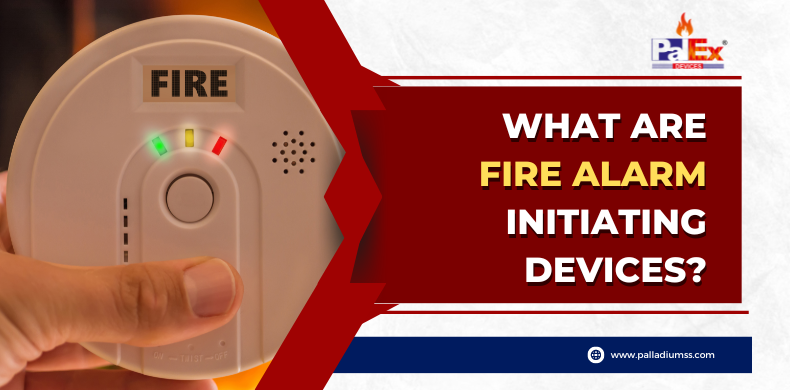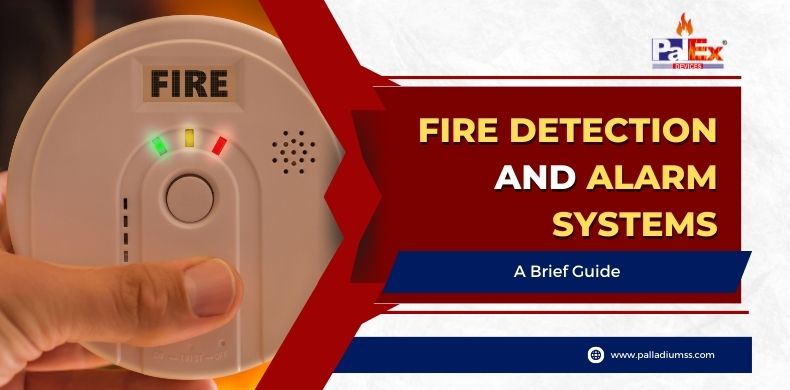Fire safety is really important in every home and building. One of the best ways to stay safe is to have fire detection devices installed. The devices can alert you to fires before it gets out of control. Two of the most common types include heat detectors and smoke detectors.
What do you need to know about a heat detector?
A heat detector is actually a device that senses temperature changes. It goes off when the temperature in your room rises quickly or reaches a certain level. There are mainly two types of heat detectors: a fixed temperature heat detector is a type that goes off when the temperature reaches a specific number like 135°F and it is completely reliable and doesn’t give false alarm. Rate of rise heat detector goes off when the temperature rises very quickly. It can detect fires faster than the temperature type. Heat detectors do not detect smoke. They only respond to heat.
What is a smoke detector?
A smoke detector is actually a device that senses smoke in the air. It turns off when it detects smoke often before you can even see it as a fire. Smoke detectors are very common in homes and buildings. Ionization smoke detectors are best for detecting fast flaming fires. It has a small amount of radioactive material which helps detect smoke particles quickly. At times it might give you false alarms near kitchens or bathrooms because of steam or cooking smoke. Photoelectric smoke detectors are best for detecting slow smoldering fires. It uses a beam to detect smoke in the air.
When should you use a heat detector?
Heat detectors are best for places where smoke detectors might give you false alarms. For example in the kitchen a smoke detector might go off from steam or cooking but a heat detector will only respond to real life. Garage where dust and exhaust can confuse us collectors. Important note here is that heat detectors work slower as compared to smoke detectors. They are not meant to replace smoke detectors in bedrooms or main living areas.
Also Read – 6 Reasons Why Fires in High-Rise Buildings Become Deadly
When should you use a smoke detector?
Fires can happen while people are sleeping and a smoke detector gives early warning. Hallways and living areas are central areas where smoke will travel. Office or schools for fast alert and safe evacuation.
Can you use both?
Yes, using both heat and smoke detectors as the best way to stay safe. Each one does a different job. In the kitchen you can use a heat detector, in the bedroom you can use a smoke detector while in the garage you can use a heat detector.
Smart detectors
Today many fire detectors are completely smart, that means they can send alerts to your phone, they can be connected to other devices and you can even check the battery level from an app. Some even tell you whether it is detected as smoke or heat. For example, Google nest protects combined smoke and carbon monoxide detection with smart alerts. These smart detectors are a little more expensive but very helpful.
How many do you need?
How many detectors you need will depend on the size of your home or building. A few general rules like 1 smoke detector in every bedroom 1 smoke detector in every hallway outside sleeping areas. You need at least one smoke detector on each floor. You need to restore detectors once a month and change batteries once a year unless they are sealed.
So above all you need to know that heat detectors and smoke detectors are both important for fire safety but they serve different purposes. You need to use heat detectors for hot or dusty areas like kitchens and garages while smoke detectors in living areas and bedrooms for early fire warning. Fires can spread quickly but with the right detectors you will have time to act.
Also Read –How to Create an Effective Fire Safety Plan for Your Business


